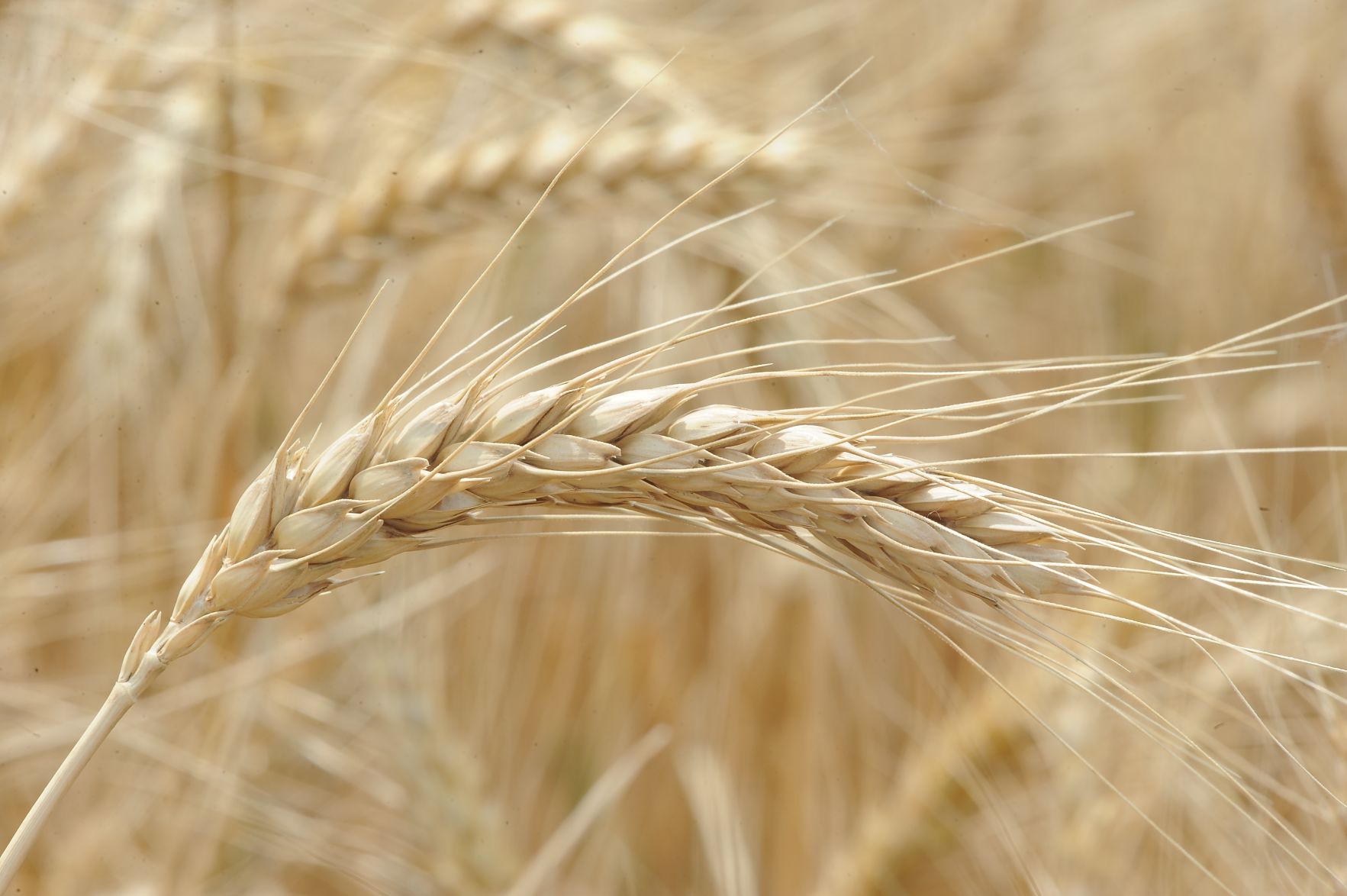Bernard Warkentin couldn’t have known that when he planted wheat in central Kansas in 1874, he was sowing Kansas’ legacy as the Wheat State. Allegedly, Warkentin was the first to plant Turkey Red wheat, a hard winter variety that was well conditioned to the Kansas climate and soils.
Born in 1847 in what’s now Crimea, Warkentin came to the United States in 1871 with other German Mennonites fleeing Russian persecution. He chose to settle in Halstead, which in many important ways, like temperature and rainfall, was similar to the steppes of Ukraine.
As legend has it, Warkentin brought with him a chest of Turkey Red seed wheat that radically altered the agricultural practices at the time, which mainly featured soft wheat varieties planted in the spring. Turkey Red was planted in the fall, went dormant over winter and was ready for harvest before Kansas’ hot, dry, pest-filled summers.
In 1910, F.D. Corburn, the secretary of the Kansas State Board of Agriculture, remarked in the “Saturday Evening Post” that Warkentin’s variety had powered the state’s wheat production. “Thirty years ago, Kansas was not much of a wheat-growing state. At the present time, and for 10 years past, Kansas has led in wheat growing, and much of the credit for making Kansas a great wheat state belongs to one man, the late Bernard Warkentin. It was through his efforts that the variety which has made the Sunflower Commonwealth famous and rich, known as Red Turkey, or Russian hard winter wheat, was introduced.”
Warkentin was instrumental in persuading other farmers to plant the Turkey Red variety, building the state’s legacy as the world’s breadbasket. Kansas went from growing less than 2.5 million bushels of wheat in 1870 to more than 30 million just 20 years later.
An industrious man, Warkentin wasn’t content with simply raising Turkey Red on his farm near Halstead. He converted a former steam mill to a roller mill to grind wheat into flour. He owned another mill in Oklahoma and had interests in banking, warehousing and cement companies. Additionally, Warkentin and his family were among the founders of Bethel College. The farm in Halstead, along with the mill and a home in Newton, are all listed on the National Register of Historic Places.
Warkentin’s work left a legacy not only in Kansas but in American agriculture as a whole. The widespread adoption of Turkey Red wheat benefited farmers economically and had broad impact on the prosperity of the Great Plains and the nation’s food production capabilities.
This year will mark the sesquicentennial, or 150th anniversary, of the introduction of Turkey Red to Kansas. Agriculture has changed drastically over the course of those 15 decades, but Kansas is still among the top growers of wheat in the U.S.
As innovative as Turkey Red was, it still pales in comparison to modern varieties. Typical stands of Turkey Red averaged just shy of 15 bushels per acre, or about a quarter of the state’s record average of 57 bushels set in 2016. Kansas farmers and ranchers have diversified into corn, sorghum and soybeans, but wheat is still a staple in many of their rotations. Today, Kansas doesn’t always top the nation in wheat production, but it’s usually close.
Thanks to the legacy of Warkentin and other farmers who found a safe haven in central Kansas and started growing Turkey Red, it will forever be the Wheat State.
Greg Doering is a writer and photographer with Kansas Farm Bureau.




